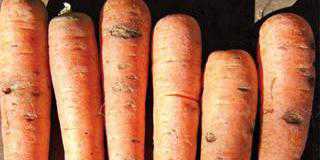The process of senescence will ultimately take its toll. This doesn’t mean that the industry hasn’t made some impressive strides in trying to extend the life of fresh produce. Controlled atmosphere storage, which can hold certain fruit like apples for months at a time, is one example.
On the down side, as I mentioned last week, worldwide, up to 25% of all harvested fresh produce is discarded through bad handling and poor storage. We also know that bad handling, which is everyone’s responsibility to minimise, starts on the farm and is found in every link of the supply chain.
In South Africa
And there’s another area where we in South Africa experience losses – the fresh produce markets. I took the figures for discards for an eight-month period from January to September 2012 (April not included). The total for all 18 markets on the Freshmark System (Cape Town doesn’t submit its monthly stats) shows over 15 000t being discarded as ‘unfit for human consumption’.
Seen against a total tonnage handled over the same period of 1,9 million tons, then discards are around 0,8%. That’s below the generally acceptable norm of 3%, but still too high when we consider the need to preserve as much food as possible for a burgeoning population. As noted, the responsibility to minimise these losses must be spread across the whole spectrum. A ‘culture of care’ within all sectors should be the norm. It might exist in some areas, but others are woefully out of step – which is where the problems arise.
This only further underscores something I’ve said on numerous occasions – the entire industry from worker to senior manager needs a lot more post-harvest training. Only by understanding how fresh produce reacts after harvesting can people be expected to handle them correctly.
Facing the problem
Take bruising, for example. This is mostly caused through bad handling, but the problem is that the person causing the bruising doesn’t see the damage – the consumer does! The challenge is to get that message through to the ‘bad handler’. It can be done, but will take time and some skilful management. No matter the difficulties, we must face the problem of losses – sooner rather than later.
fres













